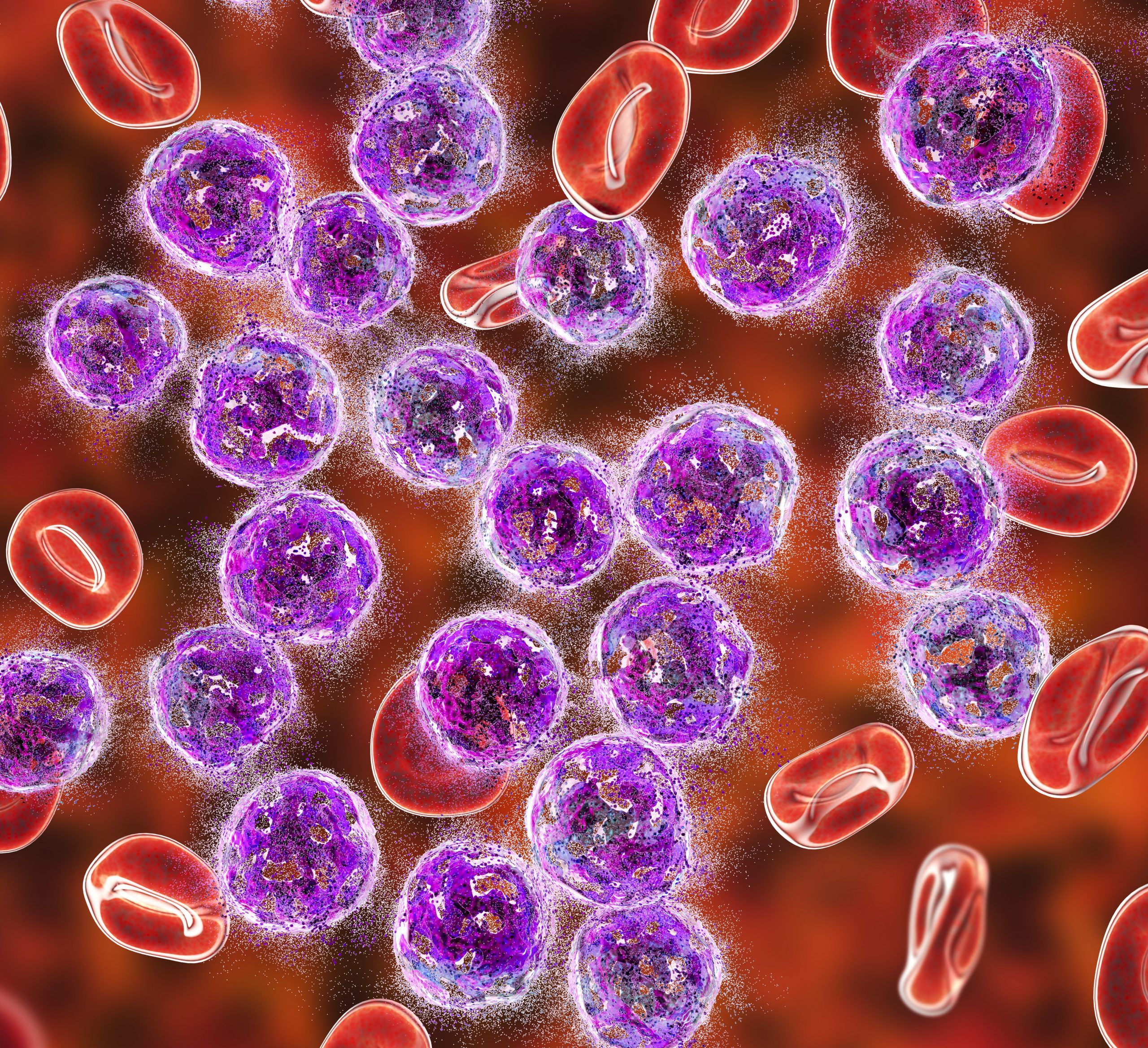Video
How Are Myeloproliferative Neoplasms Diagnosed?
Author(s):
Key opinion leaders highlight different testing and workup methods involved in making an accurate diagnosis of myeloproliferative neoplasms.
Transcript:
Ruben Mesa, M.D.: Rami (Rami Komrokji, M.D.), how would you describe the patients? How do we diagnose these diseases?
Rami Komrokji, M.D.: Absolutely. Thank you for the overview. I think the first thing is that what usually makes patients present with those diseases is really not specific for those myeloproliferative neoplasms. It depends on what’s happening. As you alluded, a blood clot could be the initial presentation. In some cases, a patient will come with a leg clot or a lung clot, and then that work-up will lead to finding abnormal blood counts. Some patients will present with profound fatigue, constitutional symptoms, night sweats and fevers, and some patients’ symptoms relate to the spleen. That’s usually the entry or the referral to the hematologist. There are other diseases that can mimic myelofibrosis. We note abnormalities in the blood counts. As you mentioned, platelets could be high, red blood cells could be high or white blood cells could be high. In the physical examination, we note the spleen to be involved. We eventually end up obtaining a bone marrow aspirate and biopsy in most of the cases, although there are cases where we could make the diagnosis without the bone marrow testing. As you also mentioned, nowadays we have ability to test for those molecular events, the JAK2 (Janus kinase 2), the calreticulin (CALR), the MPL (proto-oncogene, thrombopoietin receptor) and other mutations where it can help us. Each of those diseases have what we call major criteria and minor criteria to diagnose, and the patients have to have some of those certain criteria met to establish the diagnosis. For example, in polycythemia vera, the blood cells have to be elevated. We measure that by hemoglobin, which has to be above a certain threshold. If we do a bone marrow aspirate biopsy, there are certain peculiar findings in myeloproliferative disease across all of them. The megakaryocytes, which are like the parents of the platelets, are usually clustered. We could see scarring, hence the name myelofibrosis, and other findings in the bone marrow.
Then there is the molecular testing. As you mentioned, the JAK2 mutation is present in almost 95%-plus of P-vera (polycythemia vera). The calreticulin is present in one-third of patients with myelofibrosis, ET (essential thrombocythemia) and so forth. In essential thrombocythemia, the platelets have to be high. We always rule out some other reactive processes that can increase the platelets, and then we also look at the bone marrow. Finally, in myelofibrosis, we usually see scarring. The pathologist will do stains on the bone marrow that can look at the scarring. It’s called reticulin or collagen fibers. In certain cases, in the early stages of the myelofibrosis, that scarring could not be present or doesn’t have to be present. There are certain major and minor criteria that we follow to establish a diagnosis. I think the key iscollaboration between the hematologist and a good hematopathologist, because it really needs expert hematopathologists. A general pathologist may not be as good with the subtle changes in the bone marrow, so it’s very important to have the bone marrow reviewed by an expert hematopathologist. It’s very important to make sure that the molecular testing for the genes as you mentioned is obtained.
Transcript edited for clarity.




